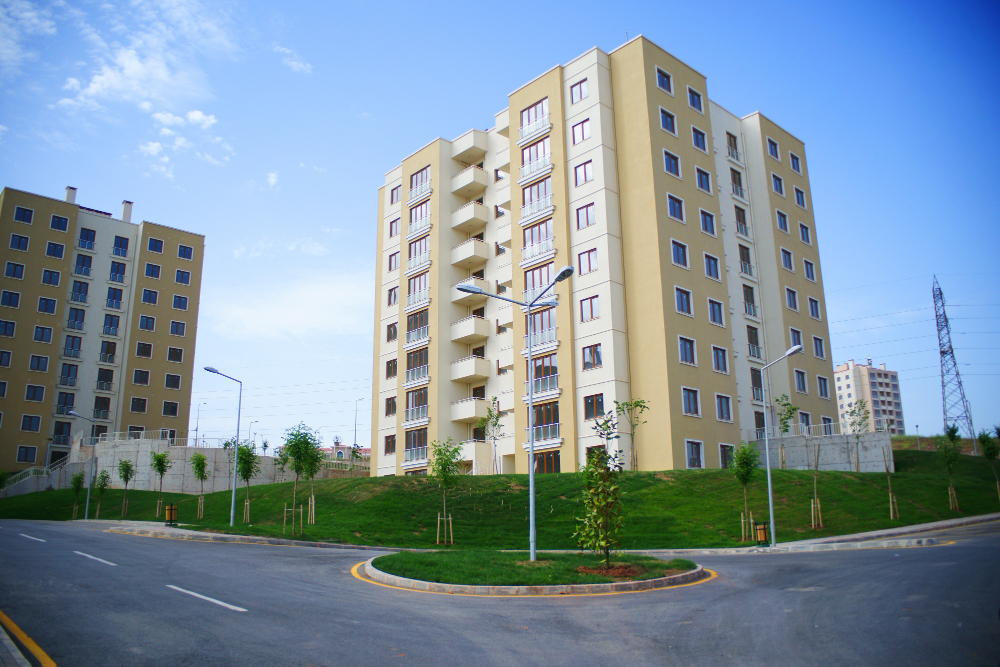Overview of Residential Compounds
Residential compounds are planned, self-contained communities designed to provide housing along with a wide range of integrated amenities and services. These developments have become increasingly popular in urban and suburban areas around the world, offering residents a secure, convenient, and lifestyle-oriented living environment.
A typical residential compound includes:
- Housing units (apartments, townhouses, villas)
- Security systems (gated entrances, CCTV, 24/7 patrols)
- Recreational facilities (pools, gyms, parks, sports courts)
- Community spaces (clubhouses, co-working areas, prayer rooms)
- Essential services (supermarkets, clinics, nurseries, parking)
These compounds are especially common in rapidly urbanizing regions where there is growing demand for modern, organized living solutions that combine comfort, safety, and convenience.
Types of Residential Compounds
- Family-Oriented Compounds : Designed for households, featuring playgrounds, schools, and green spaces.
- Luxury Compounds : High-end developments offering premium finishes, private pools, spas, and concierge services.
- Eco-Friendly Compounds : Focus on sustainability through energy-efficient buildings, water recycling, and green landscaping.
- Senior Living Compounds : Tailored for older adults, including medical facilities, accessibility features, and social activity centers.
Advantages of Residential Compounds
- Enhanced Security : Controlled access and surveillance ensure a safer living environment.
- Convenience : On-site amenities reduce the need to travel outside the compound.
- Community Living : Shared spaces encourage social interaction and a sense of belonging.
- Maintenance Services : Professional management handles upkeep, cleaning, and repairs.
Challenges & Considerations
- Potential for urban sprawl if not well-planned
- Risk of social segregation due to income-based exclusivity
- Need for efficient infrastructure (utilities, transport, waste management)
- Balancing privacy with community life
As cities grow and lifestyles evolve, residential compounds continue to play a key role in shaping modern urban living — blending functionality, aesthetics, and sustainability into cohesive, livable environments.

